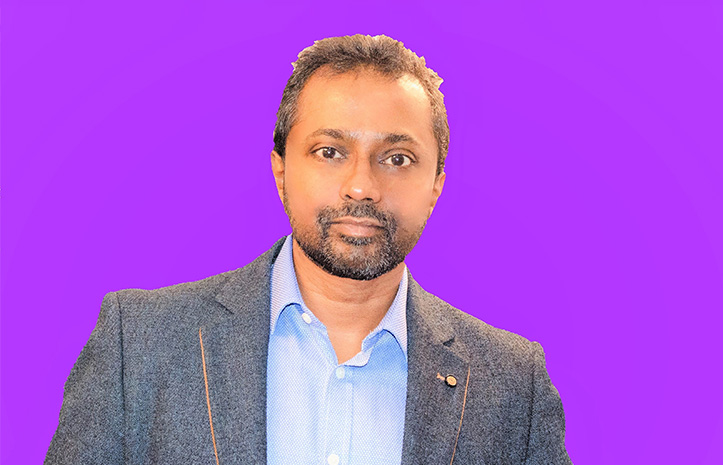Helping EE keep on top of their costs
With Hybrid Cloud Cost Optimisation and CloudHealth.
- Company
- EE
- Industry
- Telecommunications
- Employees
- 10,000 to 50,000
- Location
- UK

Overview
EE (formerly Everything Everywhere) runs the biggest and fastest mobile network. They became a part of the BT Group in 2015. And in April 2018 they joined our consumer division, operating three brands: BT, EE, and Plusnet.
EE has been awarded the UK's best network for 4G and 5G. They've got 4G that covers 99% of the UK population and 5G in more places than any other network.
But being the best comes with its challenges, especially when it comes to keeping costs under control.
The challenge
EE is growing, and it’s growing fast. That’s why as part of their digital strategy, they embraced the cloud with open arms early on, to help manage their ever-increasing hybrid estate. With a whopping £600,000 monthly spend on Amazon Web Services (AWS) infrastructure, they needed an optimisation strategy to help keep on top of their costs. And that’s why they chose CloudHealth, a solution that gives EE greater visibility and insights of cloud costs across their entire estate, while staying secure. CloudHealth’s role-based dashboards showed them that they could make significant savings through simple actions, including:
- Rightsizing resources
EE’s ever-evolving needs and demands for performance meant many resources were overdesigned. - Deleting unused resources
Unattached and underutilised resources were leading to unnecessary spending. - Finding an appropriate price structure
High agility DevOps-focused projects need flexible resourcing. And by subscribing for longer periods, these can be considerably cheaper. Using Reserved Instances (discount billing), can save up to 40% compared to on-demand prices, or spot pricing can be used at a much cheaper rate when suitable. The challenge is optimising costs by using the most appropriate pricing blend between upfront and on-demand payment methods.
Cloud Cost Optimisation has given EE greater control and streamlined decision-making.”
The solution
CloudHealth’s Cost Optimisation portal gave EE actionable, quick savings, through its live reports and dashboards. It also streamlined and improved decision-making, thanks to custom reports and dashboards tailored to other roles within the organisation, like finance, IT and management. While our expert Site Reliability Engineering (SRE) team constantly monitored EE’s estate to keep on top of new costs.
The result
Today, the SRE team continue to monitor and optimise more than £5 million of BT’s assets. Not only controlling EE, but other parts of our estate, like BT Retail’s online storefront and main portal. All for the same amount of money they were spending from the start. Giving them more for less.
Continuously monitoring and applying rightsizing and other appropriate purchasing methods for resources, is saving EE £40,000 a month. And last year, CloudHealth’s optimisation tools, plus insights from the SRE team, saved them a staggering £400,000. All because of better optimal housekeeping and greater visibility offered by CloudHealth’s automated optimisation tools including: identifying underutilised resources, removing unused IP’s, reducing the database footprint and removing unneeded load balancers. Showing EE how simple actions can result in huge savings.
But the benefits to EE go beyond cost savings. They’re also seeing improved performance as a result of adopting a more suitable virtual server instance type. Today, automated remediation of policies avoids zombie assets. For example, whenever disks are spotted that haven’t been used for a week, they’ll automatically be deleted.
Daily reports (called ‘Health Checks’) are sent to all stakeholders for quick assessment, including any security issues. They can see ports that are open to the public or passwords that aren’t set up according to company policy. The SRE team has set up scripting against these reports, so users are sent an automated request if they need to update their machine.
They’ve also set up tagging policies to enforce actions across EE’s estate (supported by custom reports on un-tagged resources), creating useful centralised visibility on spend. These are also enabling internal chargeback (or show back), enabling internal cost charges to specific departments or projects – driving better accountability within the DevOps teams.
Conclusion
Cloud Cost Optimisation has given EE greater control and streamlined decision-making. While automation, governance and policies have changed user behaviour – putting costs first. More time can now be spent on value-added products, or in the case of EE, taking on new operational entities. All while keeping costs at the same level as before. It’s a win-win.
